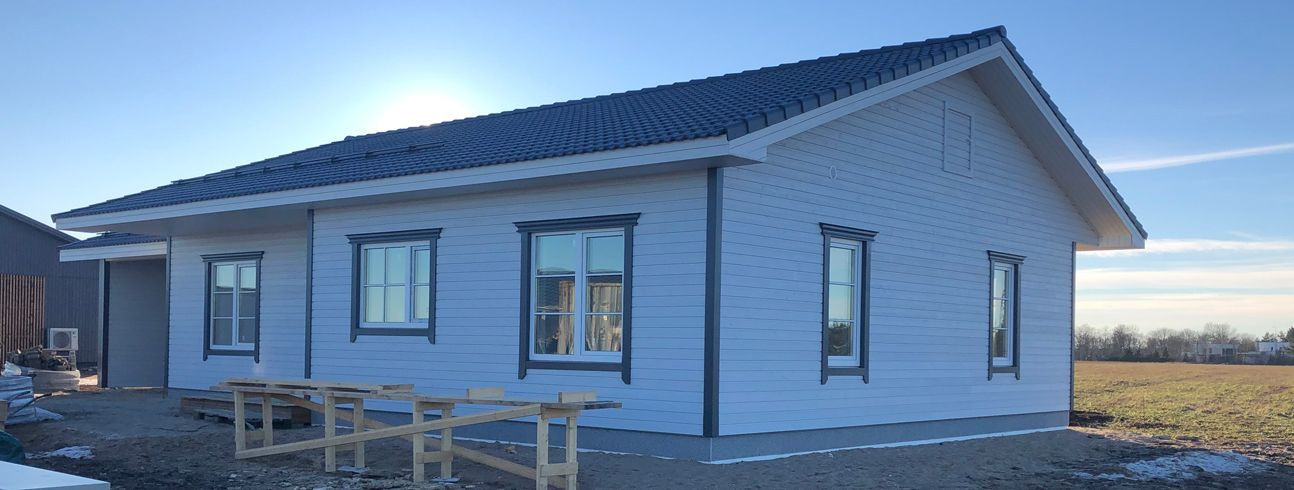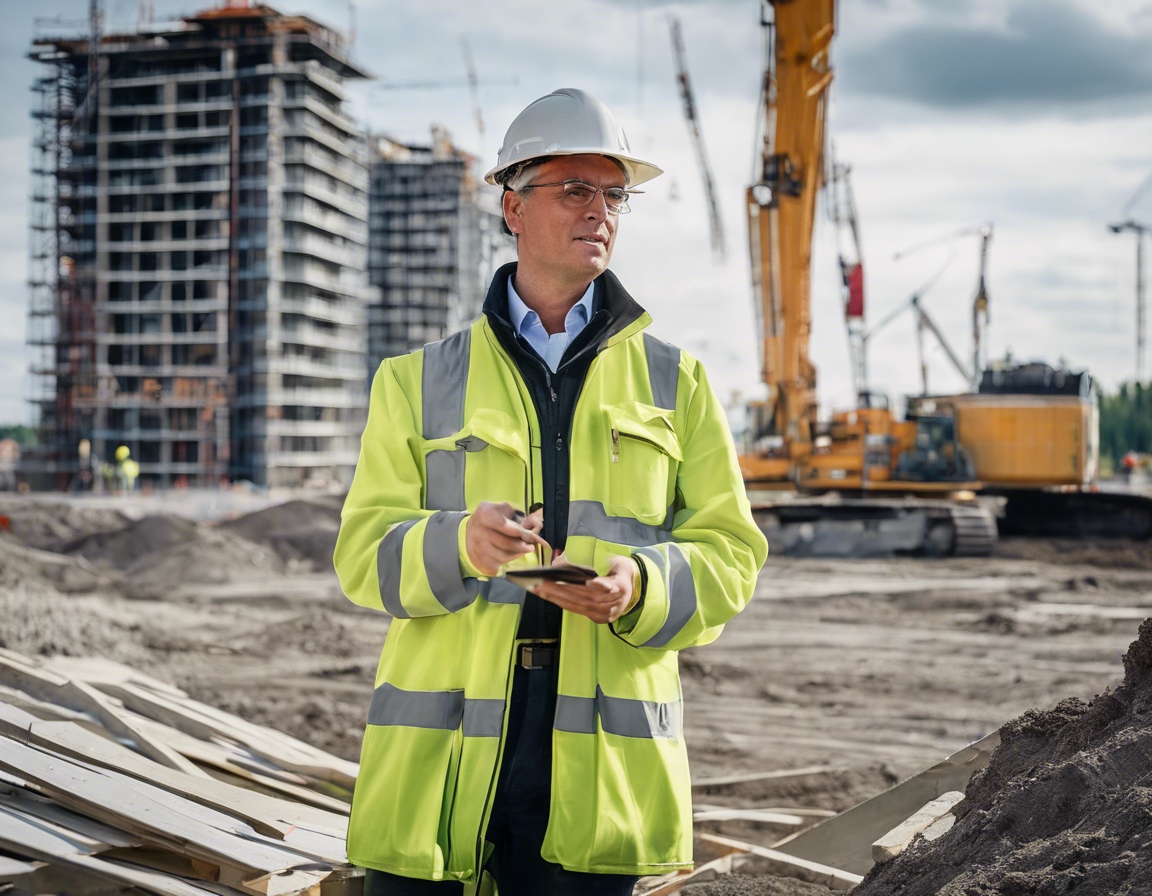Sustainable building practices for the eco-conscious homeowner
Sustainable building, also known as green construction or eco-building, is an approach that aims to minimize the environmental impact of buildings while promoting health and comfort for its occupants. This involves careful consideration of every aspect of the construction process, from the design phase to the materials used, and even the building's operation and maintenance.
For the eco-conscious homeowner, creating a sustainable home is not just a trend but a commitment to reducing their carbon footprint and contributing to a healthier environment. It aligns with the values of families and professionals who prioritize the well-being of the planet and future generations.
Key Elements of Sustainable Building Design
One of the cornerstones of sustainable building is energy efficiency. This can be achieved through high-performance insulation, energy-efficient windows, and doors, as well as the use of energy-efficient appliances and lighting. The goal is to reduce the amount of energy required to heat, cool, and power the home.
Water conservation is another critical aspect of sustainable building. This includes the installation of low-flow fixtures, rainwater harvesting systems, and drought-resistant landscaping to minimize water usage.
Choosing the right materials is essential for sustainable construction. Eco-conscious homeowners should look for materials that are recycled, renewable, or sustainably sourced. This not only reduces the environmental impact but can also improve the indoor air quality of the home.
Indoor environmental quality is about creating a healthy indoor environment through the use of non-toxic materials, proper ventilation, and natural daylighting. This ensures that the home is not only eco-friendly but also a comfortable and safe space for its inhabitants.
Responsible land use and minimizing the site impact during construction are also important for sustainable building. This involves preserving existing natural features, optimizing the orientation of the building for energy conservation, and implementing erosion and sediment control measures.
Advanced Sustainable Building Techniques
Passive solar design takes advantage of the sun's energy to heat and cool the home naturally, reducing reliance on mechanical systems. Strategic placement of windows, thermal mass, and shading devices are key components of this approach.
Green roofs and living walls not only add aesthetic value but also contribute to insulation, air purification, and biodiversity. They can help manage stormwater and reduce the urban heat island effect.
Incorporating renewable energy sources such as solar panels, wind turbines, or geothermal systems can significantly reduce a home's carbon footprint and energy costs.
Smart home technology can enhance the sustainability of a home by allowing homeowners to monitor and control energy and water usage in real-time, leading to more efficient use of resources.
Choosing the Right Partners for Your Sustainable Home
Collaborating with architects and designers who specialize in sustainable building is crucial for ensuring that your home meets your eco-friendly goals. They can guide you through the design process and help you make informed decisions.
Choosing a builder with experience in green construction is equally important. A green builder will have the knowledge and skills to implement sustainable practices effectively throughout the construction process.
Certifications such as LEED, BREEAM, or Passive House can provide assurance that your home meets stringent sustainability standards. They serve as a benchmark for eco-friendly construction and design.
Financial and Environmental Benefits of Sustainable Homes
Although the initial investment in a sustainable home may be higher, the long-term savings on energy and water bills can be substantial. Additionally, sustainable homes often require less maintenance over time.
Sustainable homes tend to have a higher resale value due to their energy efficiency and modern features. This makes them a smart investment for the future.
By choosing sustainable building practices, homeowners can significantly reduce their environmental footprint. This not only benefits the planet but also contributes to a healthier living environment for themselves and their community.






Comments (0)